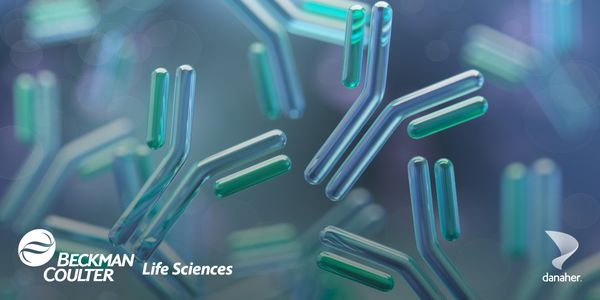Role of LC/MS/MS spectrometry in diagnosis of various endocrine disorders
Until recently most of the phenotypic information on congenital endocrine disorders have relied on biochemical testing of steroids, biogenic amines and peptides but is now being combined with the molecular testing. In spite of the mutational analysis of endocrine disorders the correlation of the phenotype relies more on biochemical testing than the molecular testing. Immunoassyas have been the methodology of choice for the analysis of steroids and amines in making diagnosis of patients affected with Cushing’s, pheochrmocytoma and congenital adrenal hyperplasia (CAH). But very often the results from the endocrine laboratory had to be repeated with the HPLC-extraction assays to rule out the possible cross reactivities of the glucocorticoids, steroid metabolites and drugs with the antibody detecting the analyte. In the past the use of gold standard MS technology in the clinical diagnostic labs have been limited because of labor intensive extraction, sample preparations and chromatographic separations. Recently the use of MS/MS (tandem MS) technology in liquid and gas chromatography has revolutionized the application of MS technology in clinical laboratories. This is due to reduction in effort for extraction and chromatography and as a result has a scope for expediting the analysis of steroids, biogenic amines and peptides for the diagnosis of various endocrine disorders. We at Mayo have implemented this technology for the routine analysis of steroids, biogenic amines and peptides. These methods not only provide reliable results for endocrine disorders but also can be used as reference methods by other laboratories and accreditation agencies.






